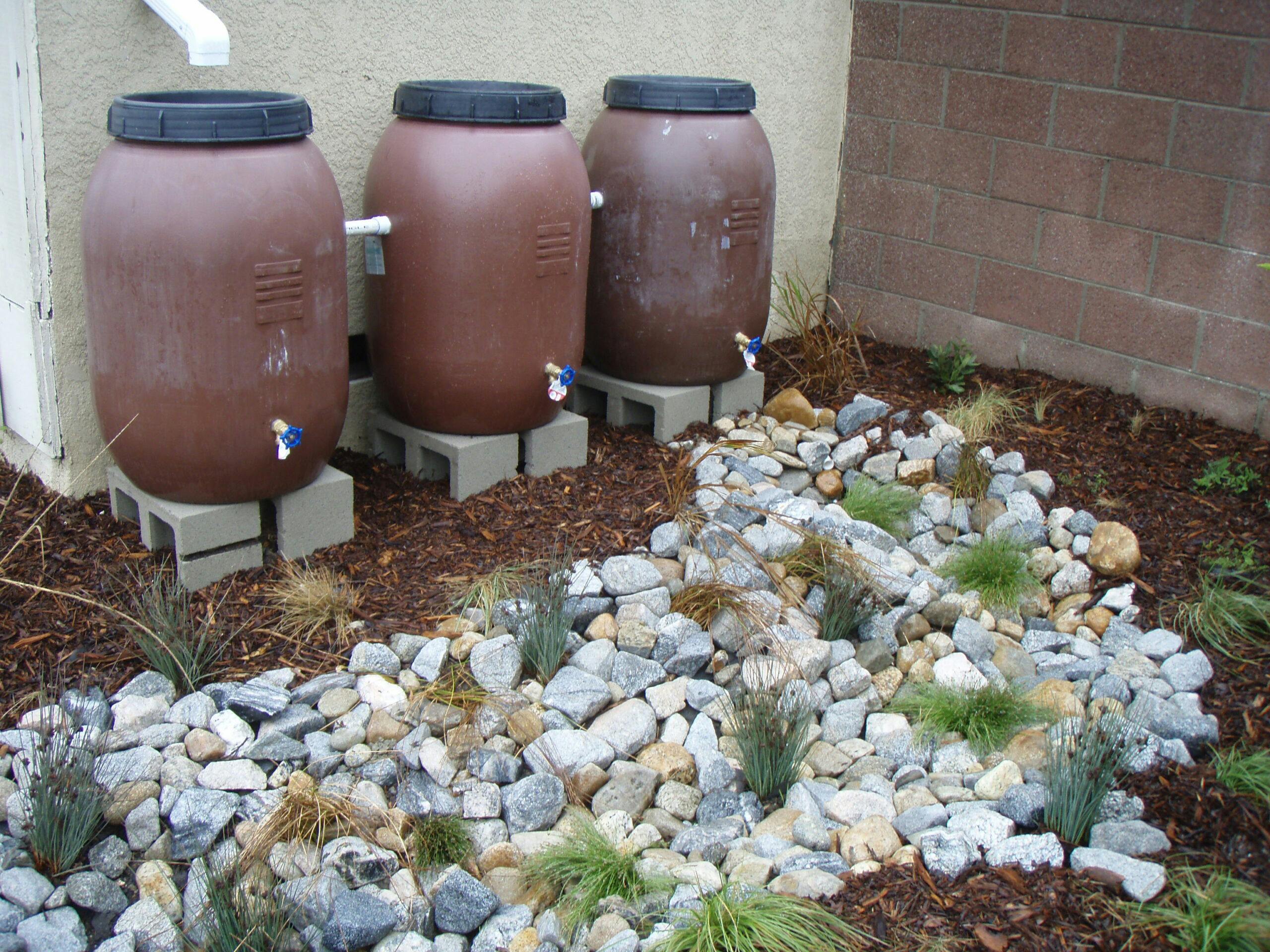Rainwater Harvesting and Rain Gardens Prevent Pollutants from Entering Santa Monica Bay
Water is a scarce resource in southern California. Despite its scarcity, it’s wasted as a resource when it’s streamlined into Santa Monica Bay via gutters, streets, and storm drains. As rainwater flows over urban hardscapes, it collects trash, oil, grease, and other pollutants along the way, ultimately flowing into and degrading Santa Monica Bay.
The Bay Foundation (TBF) is dedicated to improving water quality and increasing local water resources through action and community education with easy techniques such as rainwater harvesting and rain gardens. Rainwater harvesting improves water quality and increases local water resources by capturing, storing, and/or infiltrating rainwater directly on one’s property. Water may be stored in rain barrels or larger containers (cisterns) to be used during the dry season. Rain gardens receive water from barrels, roofs or other structures and allow the water to flow into and over the soil, watering plants and letting the water soak into the ground. This diverts water from flowing into the Bay, reduces pollution and reduces water use for irrigation. Often rain gardens are planted with native plants to support pollinators and birds.
In 2013, TBF was awarded the Los Angeles County Board of Supervisors Green Leadership Award for the Culver City Rainwater Harvesting Program.
Project Highlights
